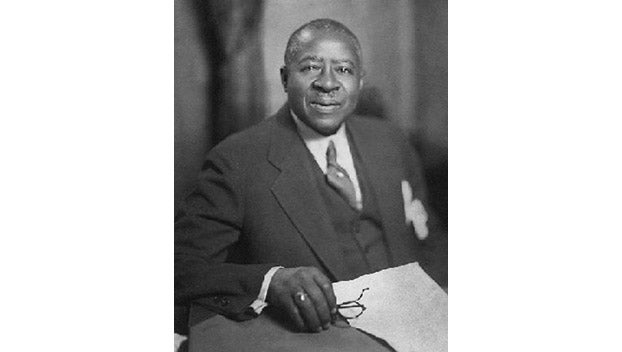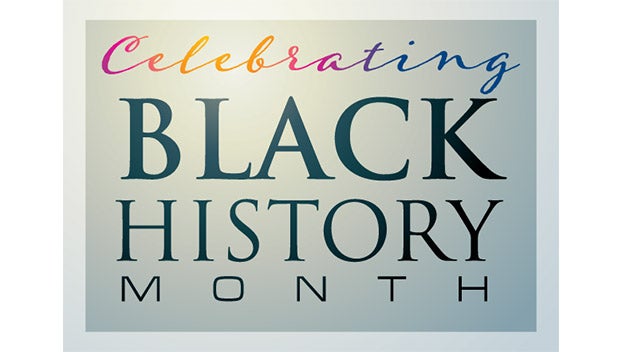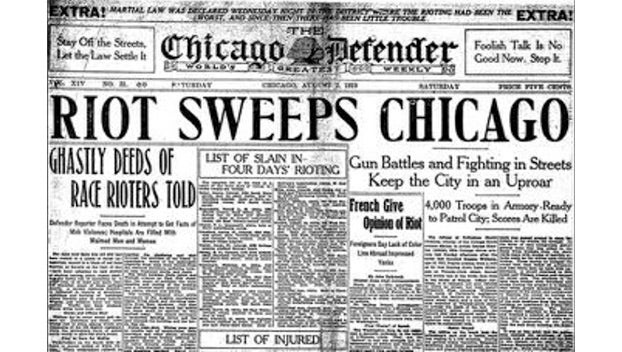Abbott paves way for black-owned newspaper
Published 12:15 pm Friday, February 4, 2022
|
Getting your Trinity Audio player ready...
|
Each February, the United States celebrates Black History Month. Throughout the month
The K-V Dispatch will highlight a few of the individuals who have done much to advance the causes of Black people in the United States.
Born just five years after the end of the Civil War, Robert Sengstacke Abbott founded a weekly newspaper, The Chicago Defender, in1905.
Born to former slaves Abbott studied at Claflin University, Hampton Institute (now known as Hampton University) and Kent Law School in Chicago.
According to the Zinn Education Project, Abbott received his law degree in 1899, but was told that he was “too dark” to practice law in America.
Unfortunately, Abbott found it difficult to support himself as a lawyer.
Therefore, he became convinced that he could defend his people in public print better than he could in a courtroom, so he took a job learning the trade as a printer at his stepfather’s newspaper.
In 1905 Abbott established The Chicago Defender. His initial investment was just 25¢, roughly $600 today.
The Defender would become the most widely circulated black newspaper in the country and was nicknamed “America’s Black Newspaper.”
It was one of only two that was published on a daily basis out of 350 Black-owned newspapers in 1966.
He sold 300 copies of the four-page booklet by going door to door, visiting every barber shop, poolroom, drugstore and church on the South Side of Chicago.
The Defender became a national newspaper with a circulation of 250,000 in 1929.
In a feature on Abbott, the Noire Histoir writes that The Chicago Defender struggled for several years but eventually began to show a profit.
Initially, the paper was a weekly platform for expressing the concerns and voicing the issues of African Americans in Chicago.
According to Noire Histoir, expanding beyond Chicago, The Chicago Defender’s confrontational and militant tone became a loud voice in the anti-lynching campaign of the post-Reconstruction Jim Crow era.
According to the Encyclopedia of African American Culture and History towards the end of his life, Abbott began training his nephew, John Sengstacke, to take over the business.
Abbott died on Feb. 29, 1940.
Today, his home has been designated as a National Historical Landmark.
The Chicago Defender is still in existence and continued to be published in print form until 2019 when it became online only.








